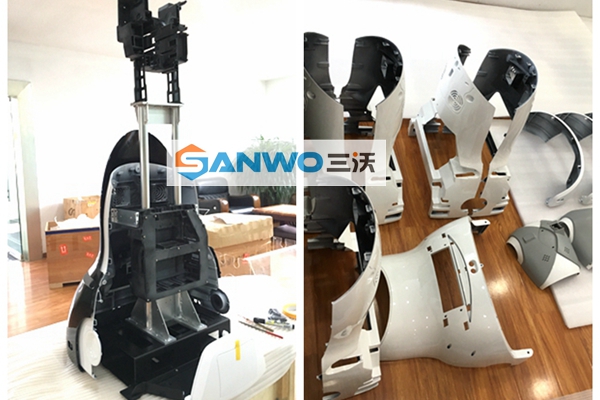What are the four types of prototyping techniques?
Views: 187 Update date: Nov 12,2024
Prototyping techniques can be categorized into several types, but four commonly recognized types are:1. Low-Fidelity Prototyping:
- Description: This involves creating simple and often hand-drawn representations of a design. It focuses on the fundamental aspects of the product without going into fine details.
- Examples: Paper sketches, cardboard models, or wireframes.
- Purpose: Useful for brainstorming, early-stage iterations, and gathering initial feedback.
2. High-Fidelity Prototyping:
- Description: High-fidelity prototypes closely resemble the final product in terms of design, functionality, and interactivity. They are often created using software tools or advanced methods.
- Examples: Interactive digital mockups, fully functional software applications, or realistic 3D models.
- Purpose: Ideal for user testing and demonstrating features and design to stakeholders.

- Description: This type focuses on the functionality of the product rather than its aesthetics. It is built to test specific features or aspects of the design.
- Examples: Working models that may use different materials and components to simulate performance.
- Purpose: Used to validate concepts and functionalities, ensuring that specific requirements are met before full-scale production.
4. Visual Prototyping:
- Description: Visual prototypes emphasize the look and feel of the product, solidifying visual design elements such as colors, fonts, and overall layout.
- Examples: Renderings, graphic designs, and style guides.
- Purpose: Primarily used in design phases to communicate visual concepts and assist in marketing or branding discussions.
These prototyping techniques serve different purposes throughout the design process, helping teams visualize, test, and refine ideas before moving on to production.



